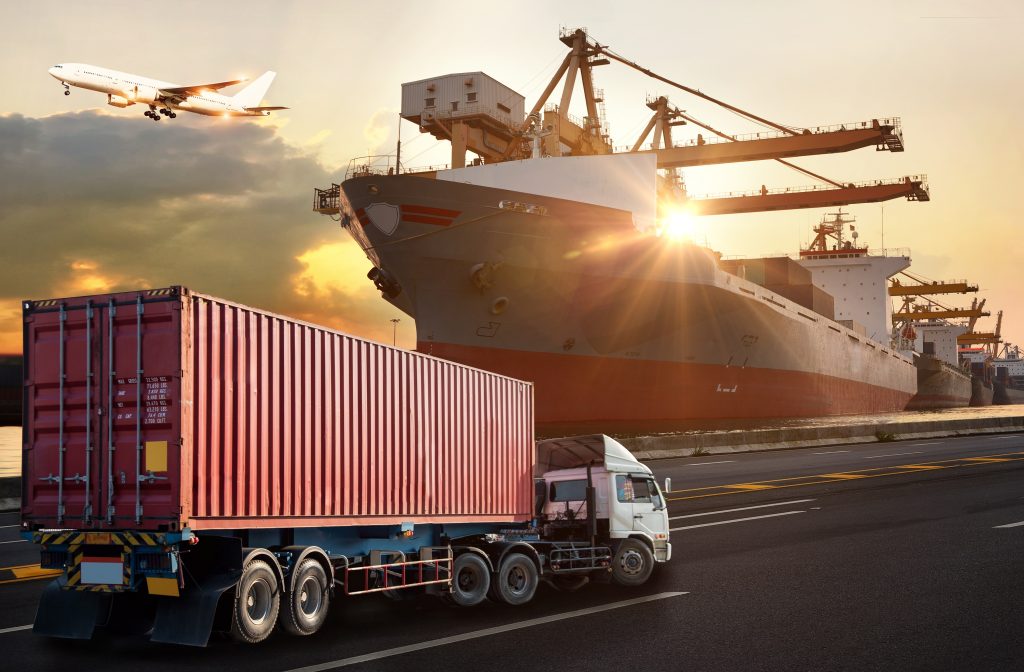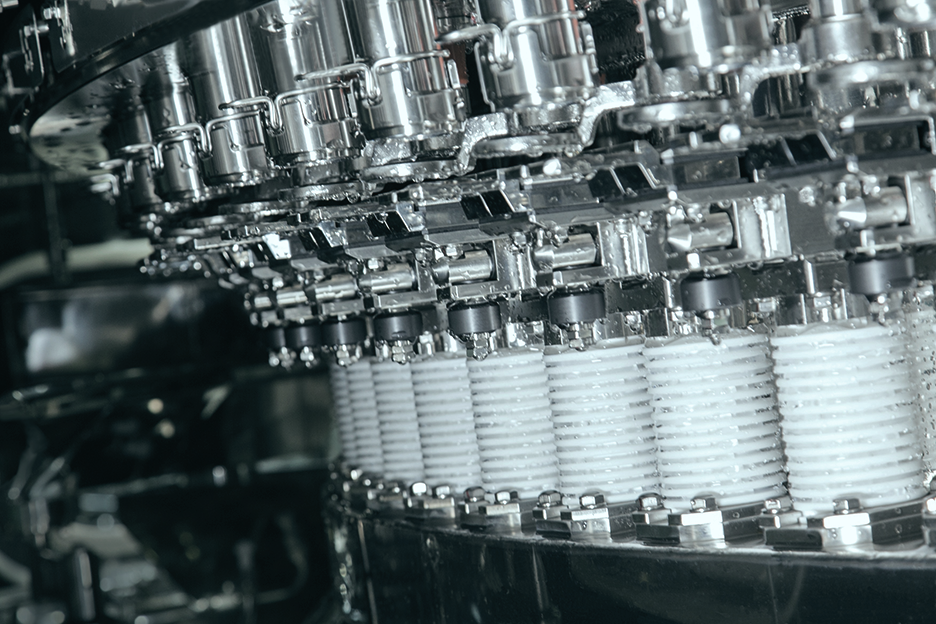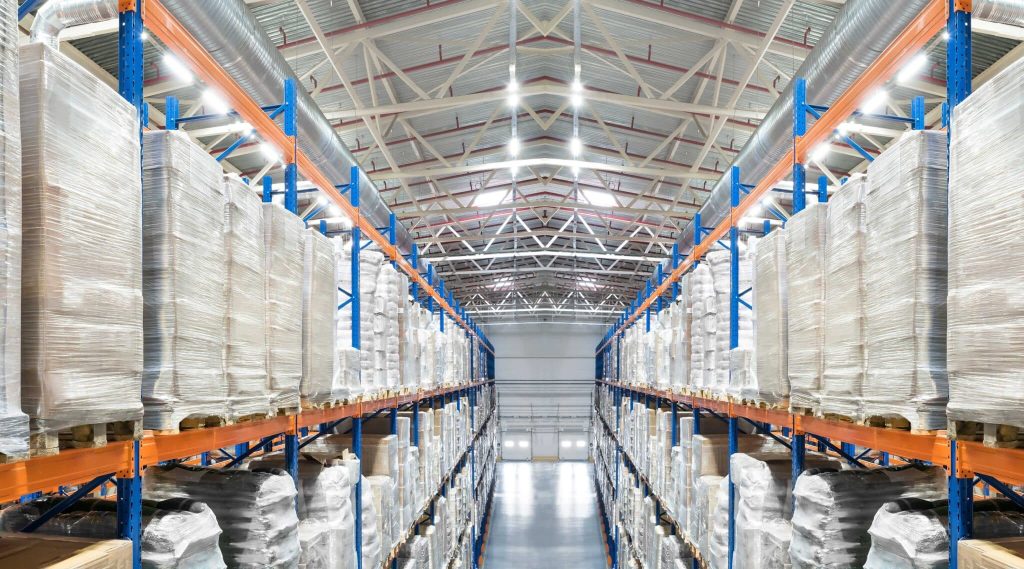Starting a Limited Liability Company LLC in Delaware is a popular choice for business owners due to the state’s favorable legal and tax environment. Delaware offers flexible business laws, tax benefits, and strong privacy protections, making it attractive for entrepreneurs. If you are considering forming an LLC in Delaware, here’s a streamlined process covering the key steps and requirements.
Choose a Unique Business Name
The first step in starting your Delaware LLC is selecting a unique business name. Your LLC’s name must be distinguishable from existing registered businesses in the state. You can check the availability of your desired name using the Delaware Division of Corporations’ website. Additionally, the name must include Limited Liability Company, LLC, or L.L.C. to clearly indicate its business structure. It is also a good idea to reserve your business name if you are not immediately ready to file.
Appoint a Registered Agent
Delaware requires all LLCs to appoint a registered agent. A registered agent is an individual or business entity responsible for receiving legal documents, tax notices, and other official correspondence on behalf of the LLC. The registered agent must have a physical address in Delaware, but it does not have to be an office space. You can serve as your own registered agent if you meet the requirements, or you can hire a professional registered agent service.
File the Certificate of Formation
To officially form your LLC, you need to file the Certificate of Formation with the Delaware Division of Corporations. This document contains essential information about your LLC, such as its name, registered agent, and business structure. Delaware allows you to file the Certificate of Formation online, by mail, or in person. The filing fee is currently 90, and processing time typically ranges from a few days to several weeks, depending on how you file.
Create an LLC Operating Agreement
Though not legally required in Delaware, drafting an LLC Operating Agreement is a smart step. This internal document outlines how the LLC will be managed, including ownership percentages, profit sharing, and decision-making procedures. It also helps prevent disputes between members and clarifies the business’s operational structure. Even if you are the sole owner, having an operating agreement can lend credibility to your business and demonstrate good governance.
Obtain an EIN Employer Identification Number
An Employer Identification Number EIN is issued by the IRS and acts like a Social Security number for your LLC. You will need an EIN to open a business bank account, hire employees, and file federal taxes. You can apply for an EIN online through the IRS website at no cost. Even if your LLC has no employees, obtaining an EIN is often required for various business-related activities.
Comply with Delaware Annual Reporting and Franchise Tax
Delaware requires LLCs to file an annual report and pay an annual franchise tax to remain in good standing with the state. Fortunately, Delaware’s franchise tax for LLCs is relatively low—currently, it is a flat fee of 300, due by June 1st each year. Failing to pay this tax or file the required reports can result in penalties and jeopardize your LLC’s status.






![What is reverse logistics and why it is important [6 advantages]](https://fedsupplyca-production.s3.amazonaws.com/system/image/name_type/381/compress_actuality_teaser_3c651e5d-c003-42c2-8866-79088d5a7cb2.jpg)
